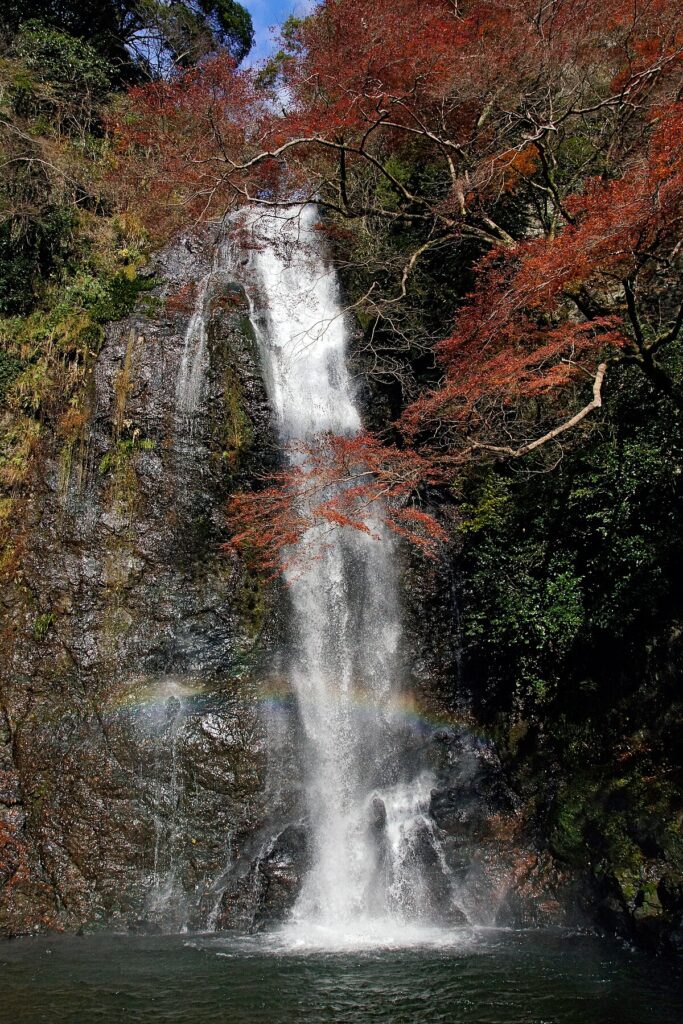Tourist attractions--archive--
-

Former Furukawa Gardens (Nishigahara, Kita Ward, Tokyo)
Overview (History, Features, and Attractions) The Kyu-Furukawa Gardens, located in Nishigahara, Kita Ward, Tokyo, are a harmonious blend of a modern garden and a Western-style building. Developed as a villa for the Furukawa family from the Taisho to early Showa periods, its distinctive feature is the placement of a Western-style building and a Japanese garden side by side... -

Yonago Castle (Yonago City, Tottori Prefecture)
Overview (History, Features, and Attractions) Yonago Castle is the remains of a castle in Yonago City, Tottori Prefecture, and has been developed into a park centered around Shiroyama (Castle Hill). Built as a regional political and military base from the Sengoku to Edo periods, the castle was abandoned after the Meiji Restoration. Currently, the remains of the stone walls and enclosures remain... -

Ebino Plateau (Ebino City, Miyazaki Prefecture)
Overview (History, Features, and Attractions) Ebino Highlands is a highland area located in Ebino City, Miyazaki Prefecture. Part of the Kirishima mountain range (Kirishima-Kinkowan National Park), it is a popular tourist spot known for its volcanic topography and highland scenery. Located at an elevation of roughly 1,200 meters, it boasts a crater lake (large lake) created by volcanic activity. -

Gyokusendo Cave (Nanjo City, Okinawa Prefecture)
Overview (History, Features, and Attractions) Gyokusendo Cave is a representative limestone cave located in Nanjo City in the southern part of Okinawa's main island, and is the central attraction of the tourist facility "Okinawa World (Cultural Kingdom Gyokusendo Cave)." The cave is densely packed with stalactites and stalagmites formed over the course of many years by Ryukyu limestone... -

Hakone Garden (Hakone Town, Kanagawa Prefecture)
Overview (History, Features, and Attractions) Hakone-en is a tourist facility and leisure area located on the north shore of Lake Ashi (Hakone Town, Ashigarashimo District, Kanagawa Prefecture). Taking advantage of its location overlooking Lake Ashi, it offers an aquarium, a sightseeing boat landing, a boarding point for the Komagatake Ropeway, lakeside walking paths, restaurants, and souvenir shops... -

Minoh Falls (Minoh City, Osaka Prefecture)
Overview (History, Features, and Attractions) Minoh Falls is a 33-meter waterfall located in Minoh City, Osaka Prefecture, and is a representative scenic spot in Minoh Park. It has long been known as a place of training and pilgrimage, and was frequently featured in songs and paintings during the Edo period. Surrounded by lush natural forests, it is a popular spot for those seeking a peaceful and peaceful time. -

Tempozan Ferris Wheel (Minato Ward, Osaka City, Osaka Prefecture)
Tempozan Giant Ferris Wheel (Minato Ward, Osaka City, Osaka Prefecture) — Overview (History, Features, and Attractions) The Tempozan Giant Ferris Wheel is located within Tempozan Harbor Village in Minato Ward, Osaka City. Its oceanfront location and panoramic views of the Osaka Bay Area make it a popular tourist spot, and it offers a great view of the surrounding Osaka Bay area. -

Iimoriyama (Aizuwakamatsu City, Fukushima Prefecture)
Overview (History, Features, and Attractions) Iimoriyama is a small hill about 200 meters above sea level in Aizuwakamatsu City, Fukushima Prefecture, located east of the center of Aizuwakamatsu. It is particularly known as the site of the tragic suicide of the Byakkotai (White Tiger Corps), 19 young men, during the Boshin War (1868) at the end of the Edo period. -

Yamato Museum (Kure City, Hiroshima Prefecture)
Overview (History, Features, and Attractions) The Yamato Museum (official name: Kure Maritime History and Science Museum) is a museum located in the port area of Kure City, Hiroshima Prefecture, showcasing the history of maritime affairs, shipbuilding, and Kure. Since the Meiji era, Kure has been a port town home to some of Japan's leading naval arsenals (Kure Naval Arsenal) and shipyards, and the Yamato Museum... -

Horyuji Temple (Ikaruga Town, Nara Prefecture)
Overview (History, Features, and Attractions) Horyuji Temple is an ancient temple located in Ikaruga Town, Ikoma District, Nara Prefecture. It is said to have been founded during the Asuka period as a temple associated with Prince Shotoku. It boasts some of the world's oldest wooden buildings, and in 1993 was designated a UNESCO World Cultural Heritage site as part of the "Buddhist Monuments in the Horyuji Area.".



